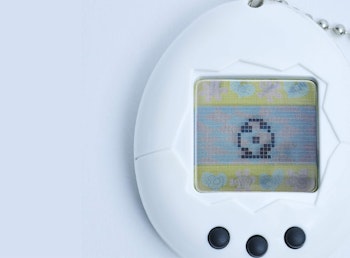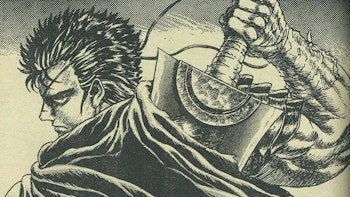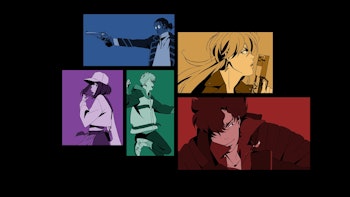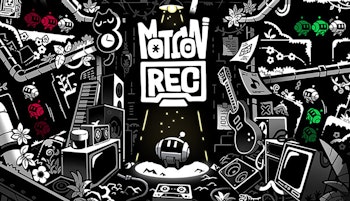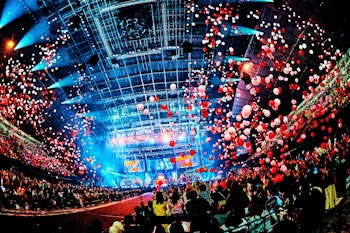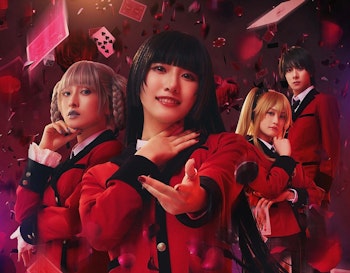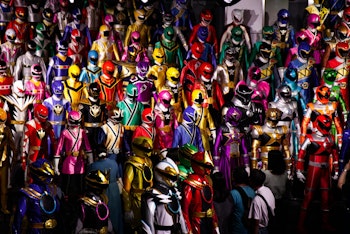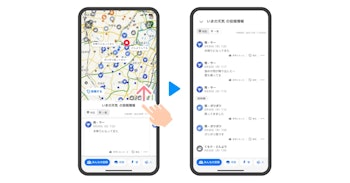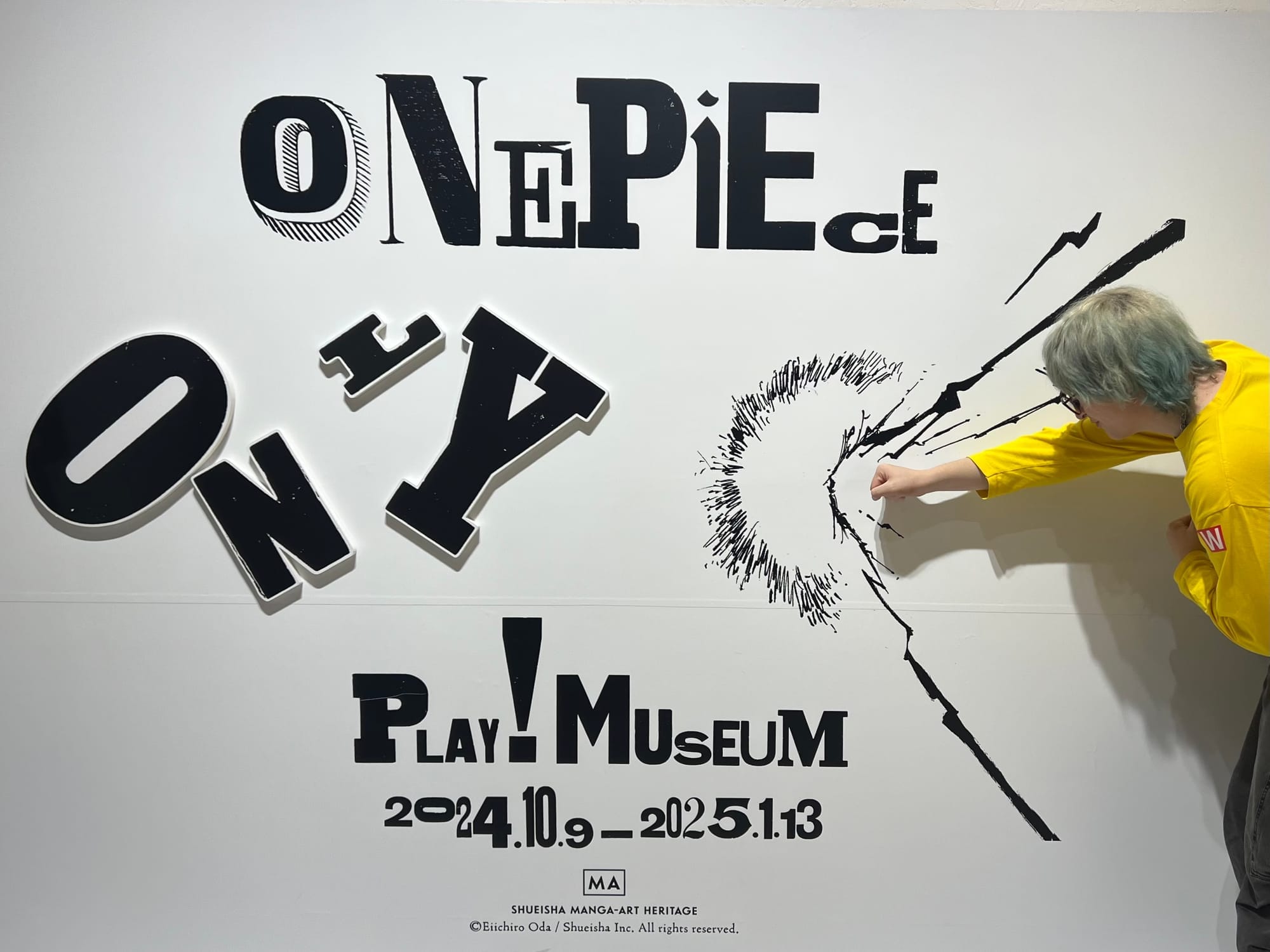
When news was revealed that Tachikawa would play home to a mysteriously-titled One Piece Only exhibition, with no details on what that would actually entail, it’s hard not to be at least a little curious.
Revealed in August at One Piece Day, the epilepsy-inducing teaser video for the exhibit consisted of little more than rolls of printing presses and flashes of scenes from across the history of One Piece. What we did know was that it would be hosted by Shueisha’s Manga Art Heritage, the company’s own art label designed to elevate manga into the realm of high art with high-quality prints and interpretations on manga series (alongside NFTs), rather than Shonen Jump themselves. For those planning to attend, this is a key thing to note in order to adjust expectations if attending the show.
If anything, for better and for worse, this isn’t your typical exhibit on a popular manga, and certainly not the showcase you would expect for a series like this.
The event itself is hosted inside the relatively newly-built PLAY! Museum, opened in mid-2020 in Tachikawa as part of a mass redevelopment of the area. A decent trek from central Tokyo, the still-bustling but far more quiet locale makes it feel both grand and quaint, and like an actual part of the community that events like this can encourage people to discover. That being said, the space isn’t the largest. It’s all a single floor, and the exhibit utilizes a somewhat-disorienting spiral layout to make full use of the space and in an attempt to mask the smaller scale.
To make up for a lack of space, One Piece Only took a different approach to celebrating the series, even if it can feel a tad misleading to the title and typical expectations for an event like this. Perhaps a more accurate name for the exhibit would be One Piece 1000, with other aspects of ring used to showcase the printing capabilities of the work available under the Shueisha Manga Art Heritage label.
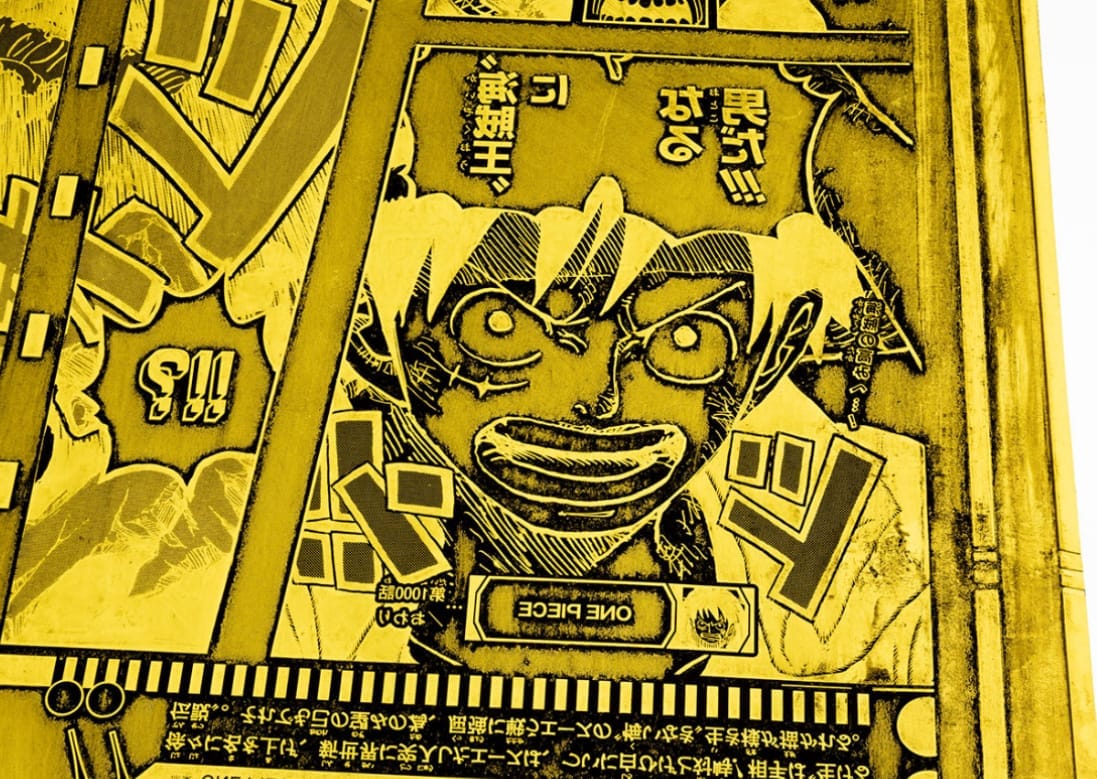
Typography and the printing press are key themes for the showcase, and this permeates through every aspect of both the showcase. This includes promotional material for the event, with a logo that looks like it was put together from chopped-up letters from newspaper and a promotional flyer printed on folded newspaper broadsheets which, when unspooled, give a B2-scale summary of all you can expect from the show and merchandise. Picking my ticket up from the nearby 7-11 the staff handed me this for free. Upon entering the museum, we were given a free manga volume-sized souvenir with close-up photography artistically condensed into a book whose very cover replicated the CMYK+ color printing process, setting the tone for everything to come after adding our colored sticker to the wall of letters adorning the entrance.
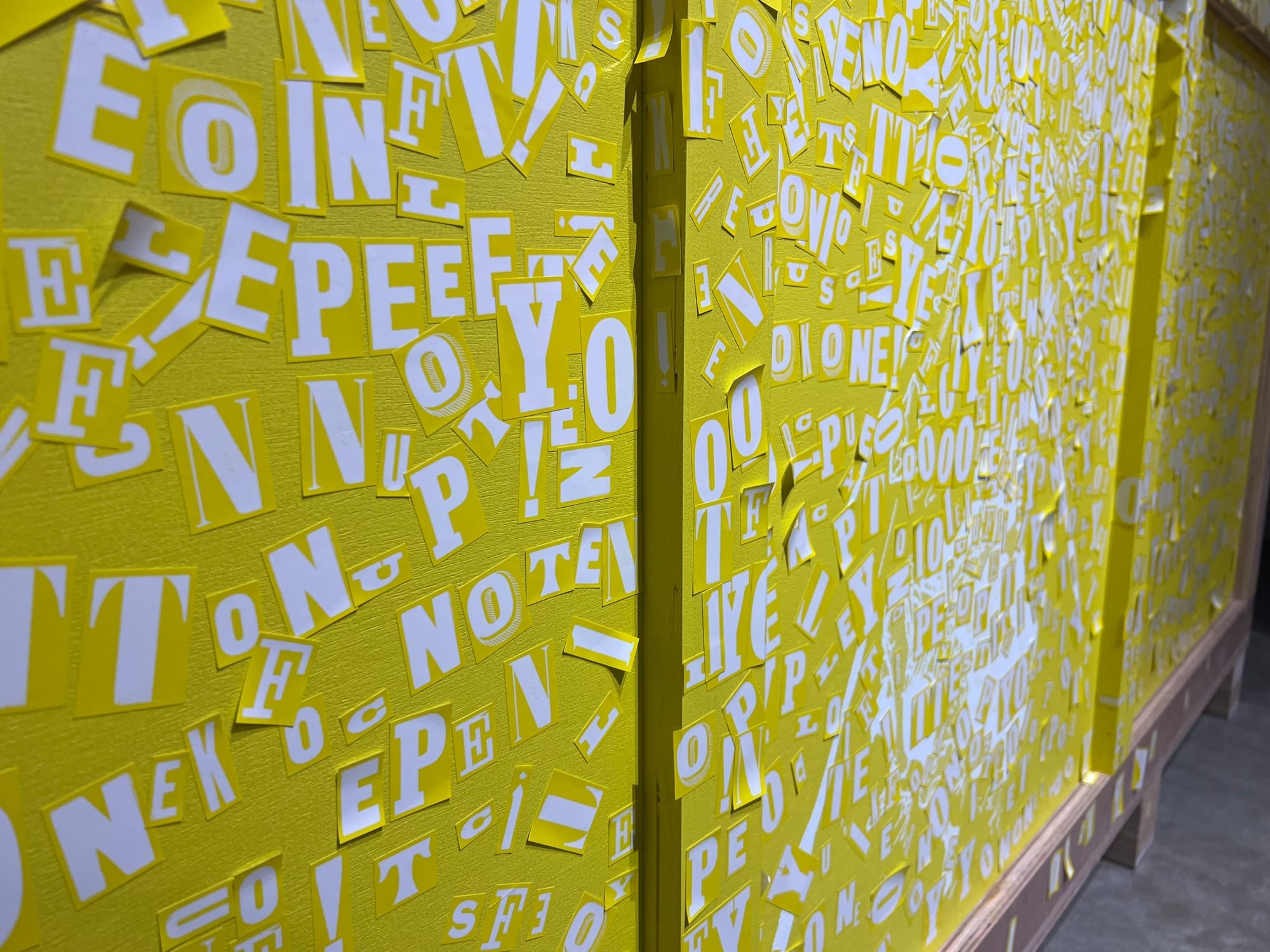
The exhibit strictly prohibits not just photography but even the ability to take out your phone while inside, but what is available to view is better appreciated through observation than a camera lens. The main attraction is the spiral wall on your right, which bends until it covers the external curved wall of a larger inner wall and making its way back towards the exit. This wall contains every page and every chapter of One Piece, from its very first pages all the way to the Egghead Arc. It’s a wonder to behold, and as I’ve made my way through the mammoth task that is catching up on One Piece it was a joy to find chapters and moments I recognized and loved as I walked through the floor. Other guests excitedly pointed towards their favorite spreads, panels and moments, and for nostalgia alone it was a fantastic sight.
That being said, there’s nothing you haven’t seen before here. It’s not even as though these pages have been enlarged to befit the high-ceiling walls inside the exhibit, instead being simply the same as if you were reading it in any old volume you bought from your local bookstore. There’s novelty, but for such an exhibit it would be nice to see more iconic panels given greater prominence with this in mind, considering a selection of conveniently-available for purchase high-quality prints of select color pages and some original artwork for hundreds of thousands of yen directly opposite on another wall.
Sandwiched between was a display best summarized as a summarization of the printing process in stages. The first thing you’ll see as you walk in is a large metal plate used for traditional Gutenberg pressing, as had been used for all newspaper printed goods and freebies for the exhibit. Moving further you could find various rollers through which books would be sent during the printing process of new volumes, gargantuan titans of metal and resin that showcases the practical challenge of printing.
It’s fascinating, even if it’s more attuned to someone fascinated with the general production process than One Piece specifically. That could be found in the large central hall, where a display centered on Chapter 1000 of the manga showing the process from planning to completed chapter was displayed, as well as the process for printing the volume in which it was released as part of. Even the parts of weekly chapter production that are easy to overlook - the digital scanned data disks and planning pages, the envelope through which pages would be delivered to editors by Oda - were all here. Most fascinating of all were a selection of storyboards and manuscripts. While there’s always a wonder in seeing the original pencils of the mangaka and the faint lines scrubbed away during production that give these beloved series a human touch, the crazed vision of Oda’s story were of particular personal highlight.
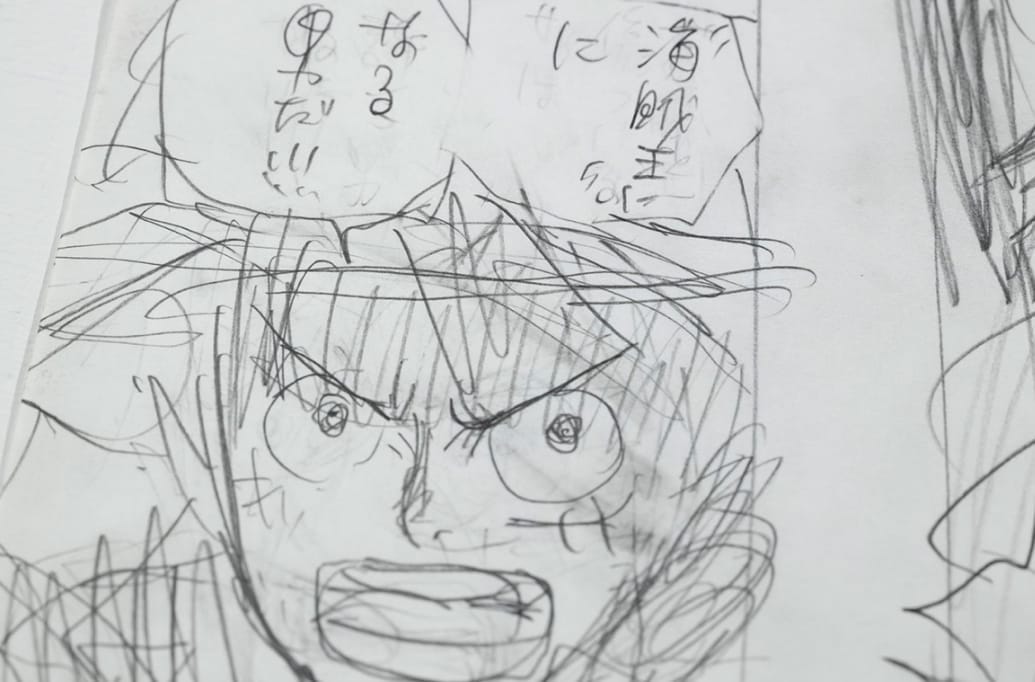
While clearly an wavelength must be shared between Oda and his editor in order to understand the vision and intent of the creator’s very rough sketches before moving into more detailed production of the finished chapter; as a third party observer it was fascinating how impossible the jump between rough and final chapter looked from the outside. Storyboards are simply a rough draft and would never exactly be neat, but the way in which panels featuring more than a single character descend into a scribble of lines I found impossible to decipher, or how even single-character panels only faintly resembled the character it was intended to be in a cast of thousands, gave a chaotic energy that often makes it impossible how either man understood what the finished chapter would look like when approving and creating a storyboard.
My greatest gripe about this exhibit is that, beyond this brief insight into the production of just a single chapter, that’s about it. Indeed, at this point, you’ve basically seen the entire exhibit. All that remains is a room to draw and write your own letters for Oda, and an ASMR-like look into the production process of a manga volume with wordless video of the inside of a production plant across three screens in complete darkness. This was actually somewhat soothing, and could easily be watched for hours. Still, the video itself is just shy of 5 minutes, and even carefully studying the artwork and storyboards on display along with admiring the walls of manga pages, I was exiting from the gift shop in just under an hour.
Which isn’t very long. Even with the freebies on arrival considering not just the 2400yen ticket price, but the sheer distance you need to travel to get here. This isn’t at some inner-city art hall, but a lengthy 45-minute train in either direction just to get there. It’s a large ask when you won’t spend as long in the exhibit as you will traveling there and back, even with some nice items available to purchase in the gift shop.
It also feels like bizarre timing for such an exhibit. Chapter 1000 was over 3 years ago at this point, so it’s not even in time with the current state of the series. It’s neat, and I have to admire the choice to explore the under-appreciated side of manga production within the exhibit in a non-standard format. It just feels short, and in a far-from-ideal location. There’s things to appreciate, but only make the journey if you really care to learn about the behind-the-scenes of the volume you’re handed at the entrance, rather than the series it hides within its pages.


